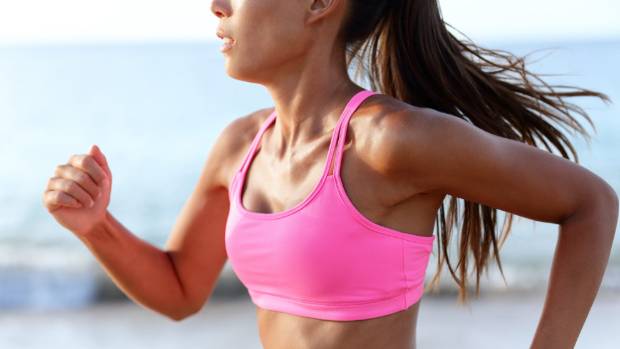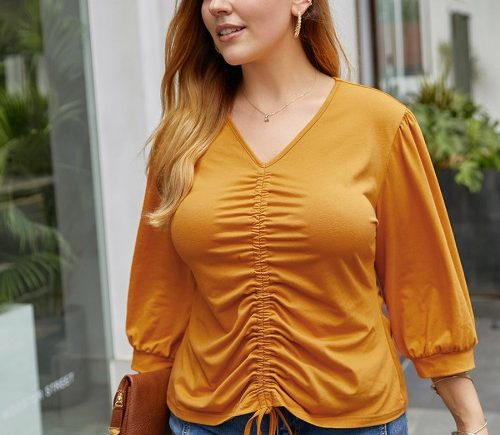
There are many ways we can inadvertently hurt ourselves during exercise.
Stepping on an unstable rock with one foot can cause the ankle to twist, and lifting the weight with a bad technique can cause muscle strain. But we can do it in another way: not fully supporting our breasts.
According to a study by the University of Portsmouth, led by Professor Johann Wakefield-Kukel, they can bounce up to 21 cm when the breasts are not properly supported during exercise.
All of these movements can cause breast pain to be severe enough to be a real obstacle to women’s movement and can lead to other negative consequences, such as changes in respiratory rate and poor athletic performance.
Dr. Robert Drielsma, a plastic surgeon in Sydney, said that over time, insufficient support can cause sagging breasts. This is because each breast is only held in place by two structures: the covered skin and the underlying Cooper ligament.
Drielsma explained that once stretched, these structures can’t provide support, and the bigger the breast, the more pressure you exert.
He said that the answer is wearing a sports bra. He suggested that it does not necessarily stop sagging completely because there are other reasons, such as weight loss, breastfeeding and pregnancy, “but this will help reduce this process.”
This seems obvious, but according to bra manufacturer Berlei, 43% of women do not know that wearing sports bras during exercise can cause tissue damage. Although you may not be worried about sagging now, Drielsma says this is a common cause of women seeking services.
Wearing a suitable bra not only reduces the risk of sagging breasts, it also reduces the pain during exercise. Wakefield-Scurr’s study showed that drugs that reduce breast pain were successful in only 54% of cases, often causing side effects, but sports bras have been shown to effectively reduce breast pain in 80% of women.
There are compelling reasons to pop a sports bra before sweating. The next question is which one to choose. After all, there are three main types of sports bras: compression (flattening the breast to the chest wall), encapsulation (supporting each breast individually without compressing it), and a combination of the two.
Wakefield-Scurr’s research proves that compression bras are more suitable for reducing the movement of women with small breasts, and for those with larger breasts, the bra is better. Instead, she found that a packaged bra would reduce the breast movement of women in all cup sizes.
Even if you follow expert advice and wear a suitable bra to hit the sidewalk, you may still experience breast pain or discomfort. If this happens, don’t give up on the exercise program. Wakefield-Scurr recommends trying water activities such as swimming or aqua aerobics, “because the buoyancy of the water provides some support for the breast.”
If you are one of those women who don’t plan to wear a sports bra to exercise, then it’s time to rethink. After all, we have already fulfilled the need to choose the right footwear during exercise (you won’t wear high heels for the marathon, right?). It’s time to provide the same support for our breasts.

